Quinoa stands out as an exceptional winter food due to its nutritional richness and versatile culinary applications. Packed with essential nutrients such as protein, fiber, iron, magnesium, and B-vitamins, quinoa offers a hearty and nourishing option during the colder months. Its complete protein profile provides sustained energy, while the complex carbohydrates support warmth and stamina. This gluten-free grain's adaptability in various recipes – from comforting soups and stews to invigorating salads or warm side dishes – makes it an ideal choice to fuel the body, fortify the immune system, and maintain overall health and vitality throughout the winter season.
Table of Contents
Why Is Quinoa Considered A Protein-Packed Grain for Winter Energy?
Here's why it's considered a powerhouse:
- High Protein Content: Quinoa is a complete protein, containing all nine essential amino acids. This makes it an exceptional plant-based protein source, crucial for maintaining energy levels, especially during colder months when the body requires additional nourishment.
- Rich in Nutrients: Beyond protein, quinoa is packed with essential nutrients such as fiber, iron, magnesium, manganese, and B-vitamins. These nutrients play vital roles in energy production, immune function, and overall well-being.
- Complex Carbohydrates: The complex carbohydrates found in quinoa provide sustained energy. They're slowly digested, helping maintain steady blood sugar levels and preventing energy crashes, which can be crucial during the winter months.
- Versatile and Warming: Quinoa can be prepared in various ways – as a base for hearty soups, added to salads, or served as a warm side dish. Its versatility allows for comforting and nutritious meals, ideal for winter.
- Gluten-Free and Easy to Digest: Being gluten-free, quinoa is easily digestible for many individuals, making it a suitable option for those with dietary restrictions or sensitive stomachs.
Why Is Quinoa Considered Suitable For Winter?
Quinoa is considered suitable for winter due to several reasons:
- Nutrient Density: Quinoa is rich in essential nutrients like protein, fiber, iron, magnesium, and B-vitamins. During winter, when the body needs extra nourishment to combat cold weather and potential illnesses, quinoa provides a powerhouse of nutrients to support overall health.
- Protein Source: As a complete protein containing all nine essential amino acids, quinoa offers a significant protein boost. Protein is essential for maintaining energy levels, supporting the immune system, and promoting muscle strength, all vital during the winter months.
- Sustained Energy: The complex carbohydrates in quinoa provide a steady release of energy. This helps in maintaining warmth and providing a sustained energy supply, crucial during colder seasons when the body requires more fuel to stay warm.
- Versatility in Cooking: Quinoa is incredibly versatile and can be used in various recipes. It can be served as a warm side dish, used in soups or stews, added to salads, or even incorporated into breakfast porridge. Its adaptability allows for comforting, warming, and nutritious meals that are perfect for the colder months.
- Gluten-Free and Easy to Digest: Being gluten-free, quinoa is easy to digest for many people, making it a suitable option for those with gluten sensitivities or digestive issues. This quality ensures that individuals with dietary restrictions can enjoy its benefits without discomfort.
Quinoa-Based Recipes For Winter Season:
Here are a few delicious quinoa-based recipes perfect for the winter season:
- Quinoa Vegetable Soup: Prepare a hearty vegetable soup by combining cooked quinoa with a variety of winter vegetables like carrots, kale, bell peppers, and tomatoes in a flavorful broth. Add herbs like thyme and rosemary for extra warmth and seasoning.
- Warm Quinoa Salad: Create a warm salad using cooked quinoa as a base and toss it with roasted winter vegetables such as butternut squash, Brussels sprouts, and red onions. Drizzle with a vinaigrette made from olive oil, lemon juice, and Dijon mustard for added flavor.
- Quinoa Stuffed Bell Peppers: Stuff bell peppers with a mixture of cooked quinoa, black beans, corn, diced tomatoes, and spices like cumin and paprika. Bake until the peppers are tender and the filling is heated through for a comforting and nutritious meal.
- Quinoa Breakfast Porridge: Start your day with a warm and filling quinoa breakfast porridge. Cook quinoa in almond milk or regular milk, add a dash of cinnamon, a spoonful of honey, and top it with winter fruits like sliced apples, pears, or dried cranberries.
- Quinoa Chili: Make a hearty vegetarian or meat-based chili using quinoa as a protein-packed addition. Combine cooked quinoa with kidney beans, diced tomatoes, onions, garlic, chili powder, and cumin. Simmer until flavors meld for a comforting chili.
Conclusion:
In summary, quinoa's nutrient density, protein content, sustained energy release, versatility in cooking, and ease of digestion make it an excellent choice for winter, providing warmth, nourishment, and a healthy boost during the colder months.

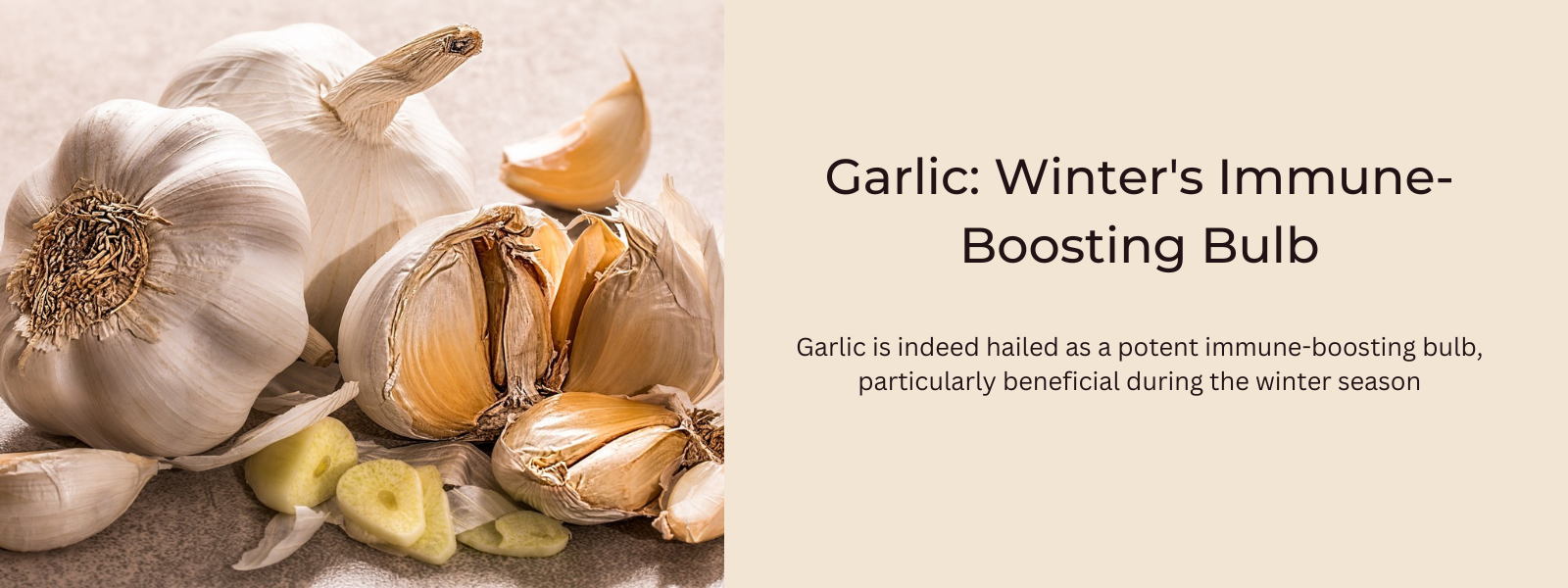

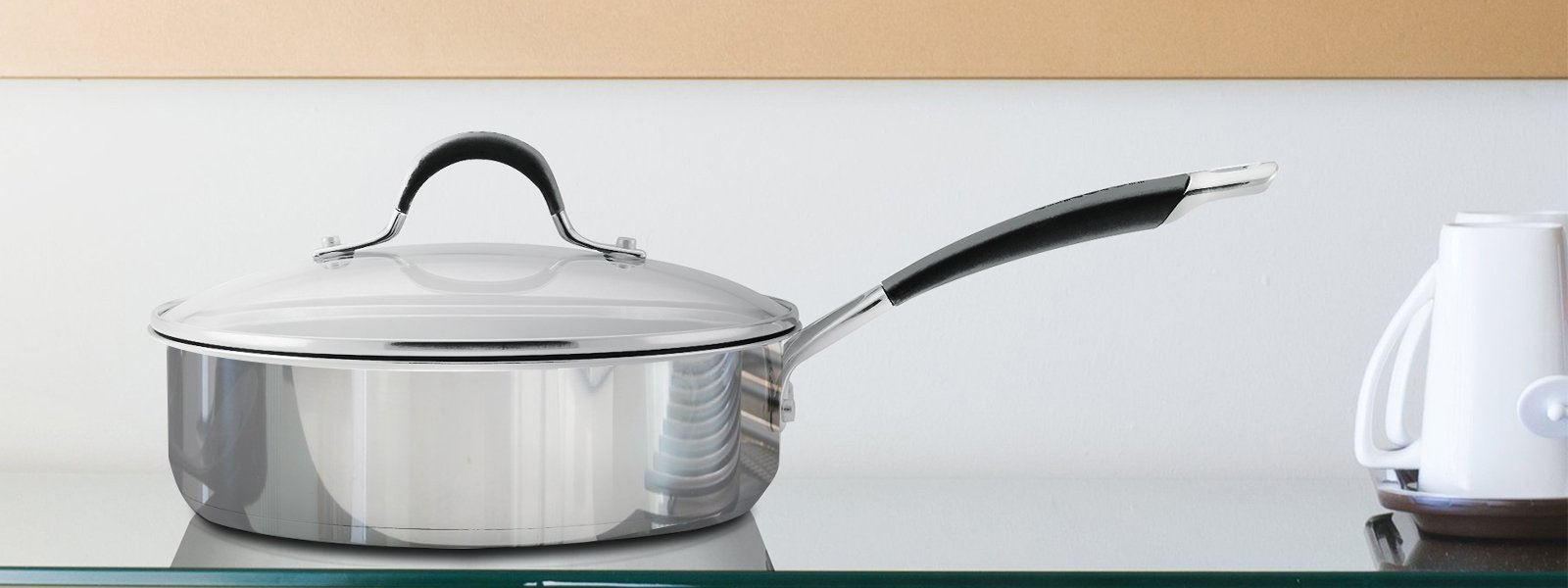
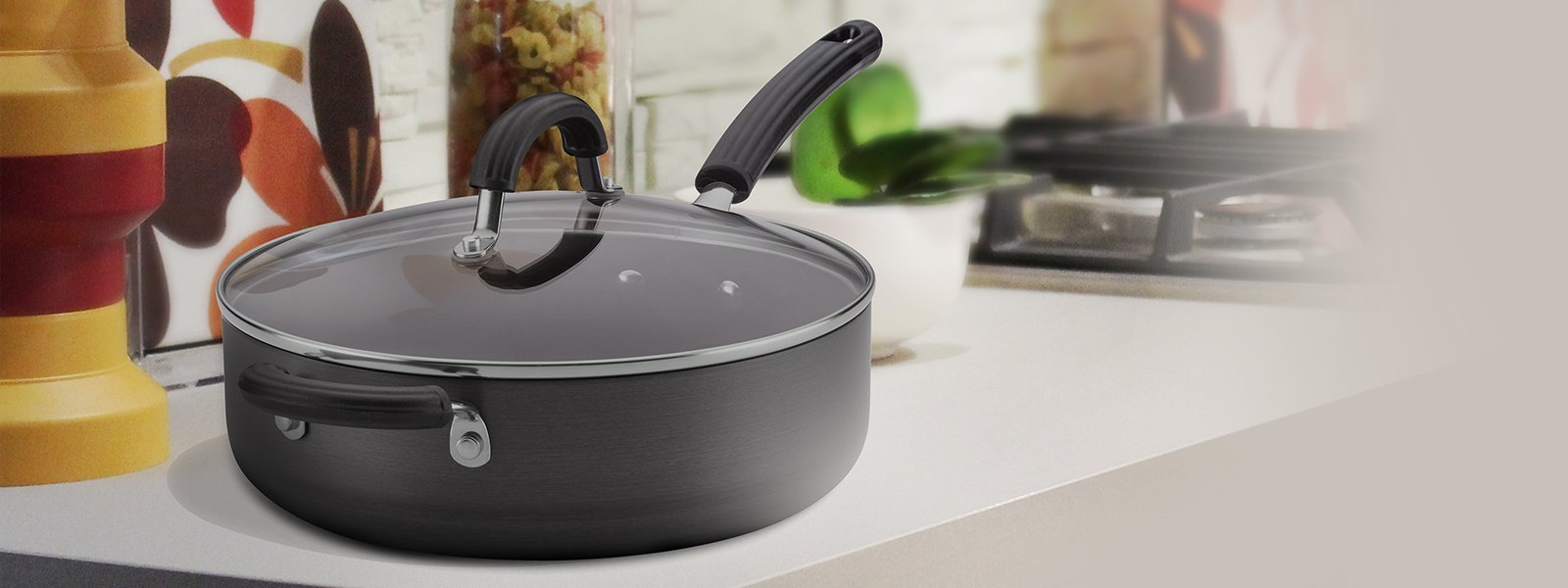
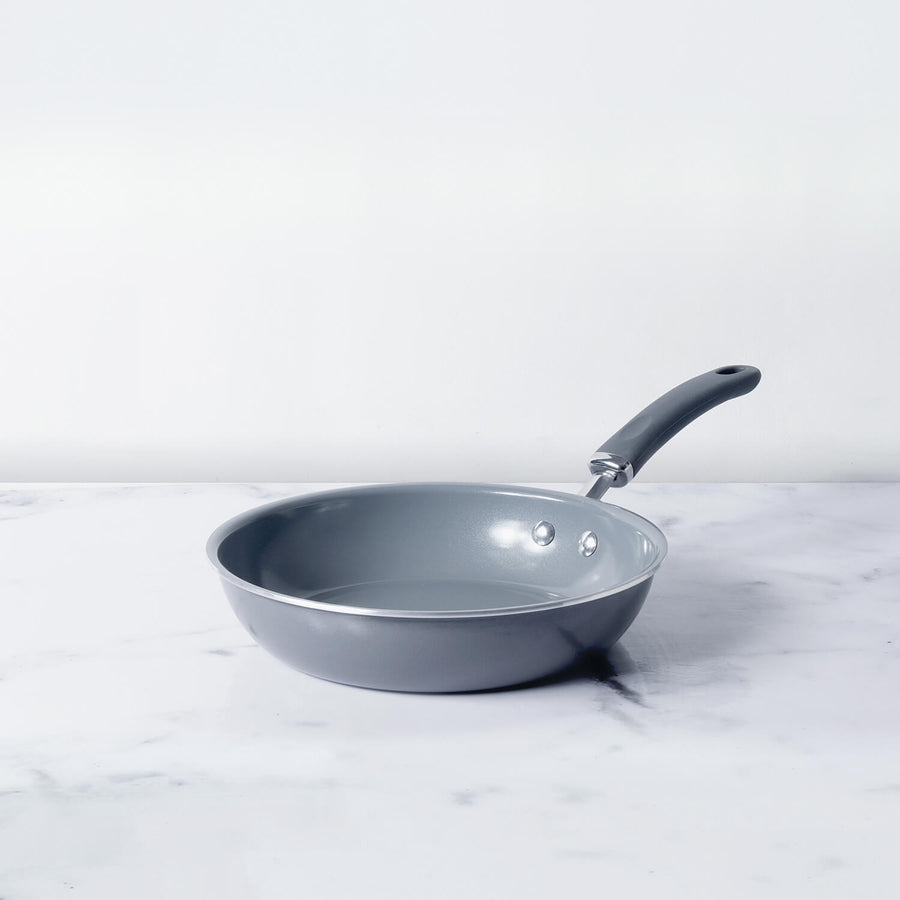
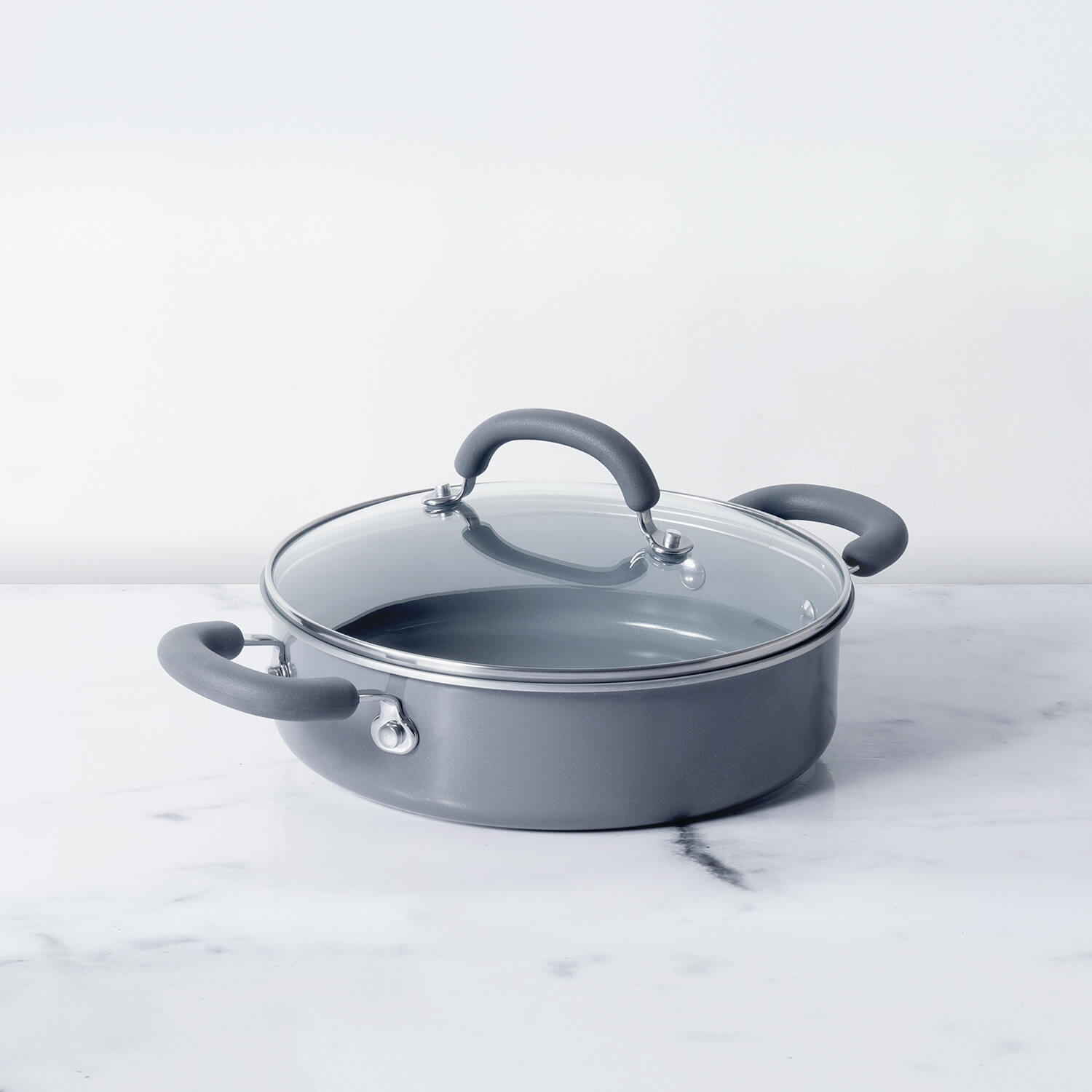




Leave a comment